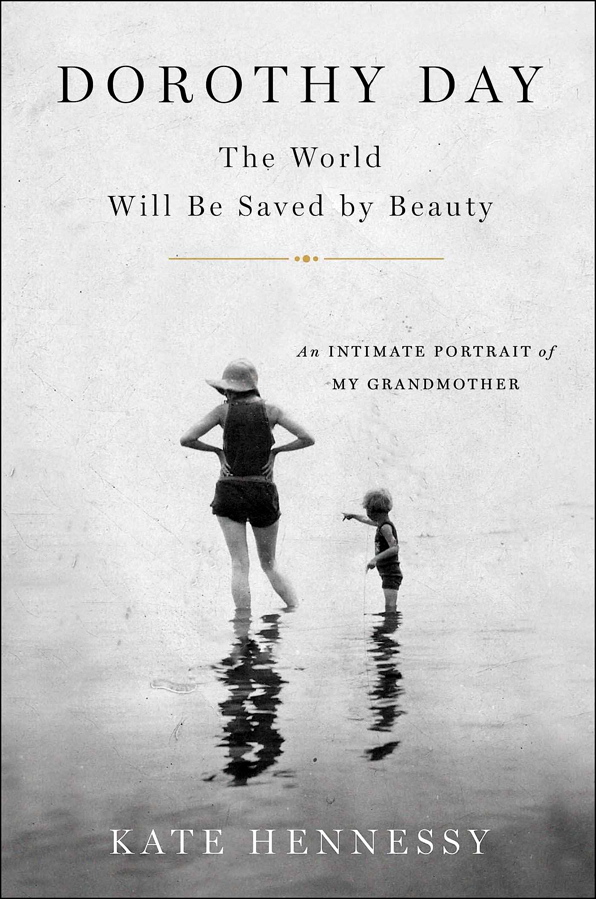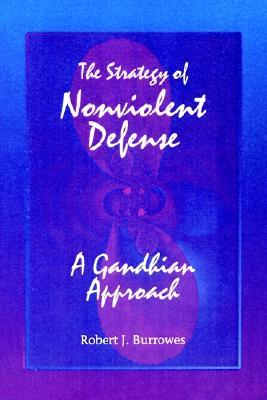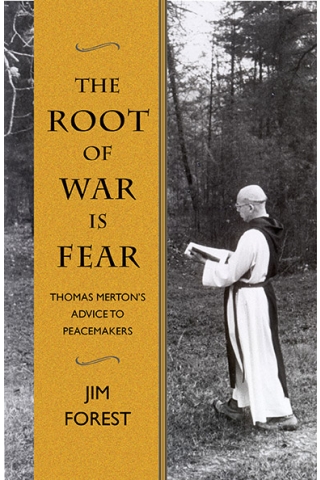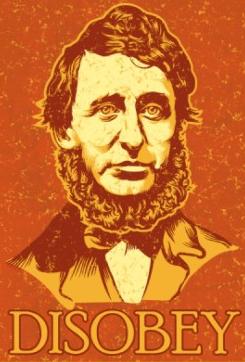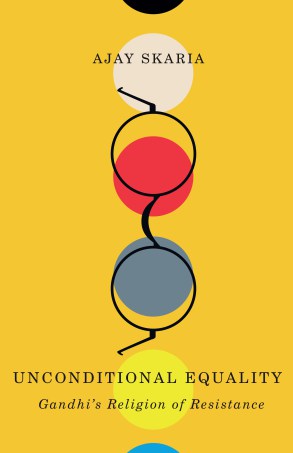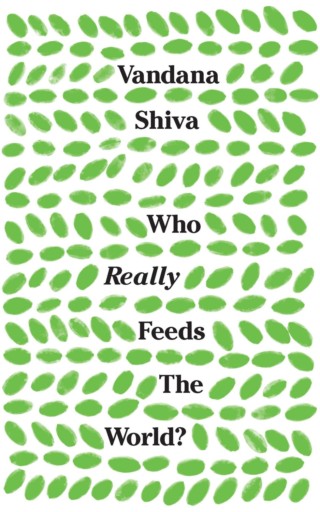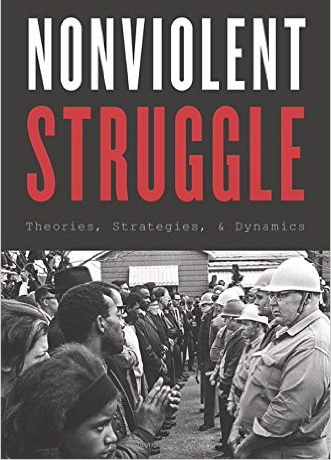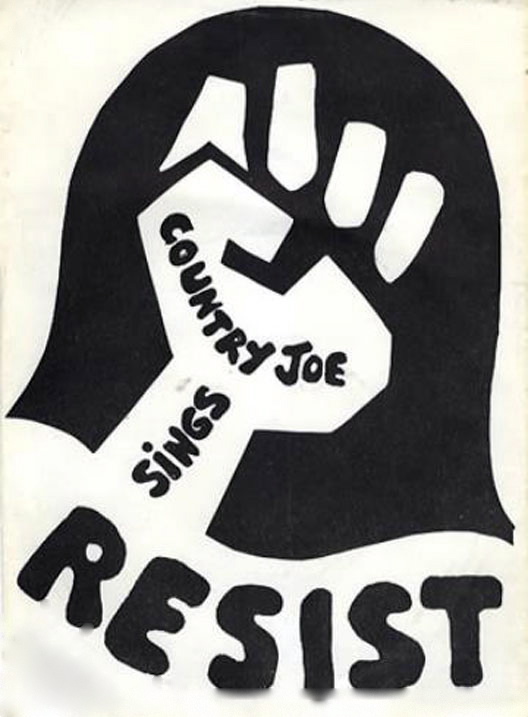Book Review: Joseph Lelyveld’s Great Soul: Mahatma Gandhi and His Struggle with India
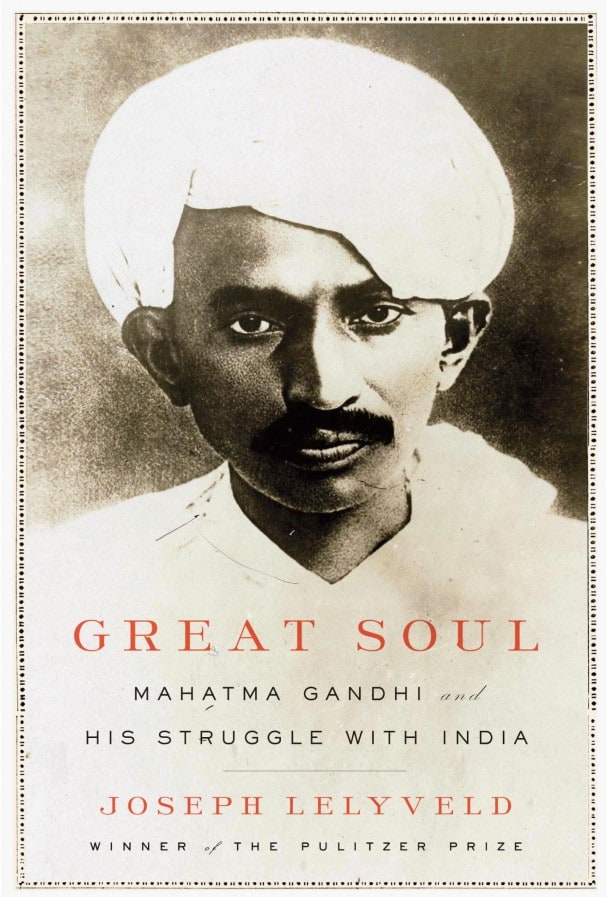
Dustwrapper illustration courtesy Knopf; aaknopf.com
There is an old Indian saying that could very well have been intended for Gandhi: “There’s no one more difficult to live with than a saint.” As portrayed in Joseph Lelyveld’s biography (1) Gandhi was indeed a difficult “saint”, husband, and father. He told his wife and children many times that community came first, and often lived apart from them, sometimes for years on end. His vow of celibacy (brahmacharya), he writes in his Autobiography, was taken in agreement with his wife, after he had already decided on it. When his second son Manilal wanted to marry, as Joseph Lelyveld reports, Gandhi was quite “crotchety” about it, inveighing that he could not “imagine a thing as ugly as the intercourse of man and woman,” not precisely the sort of remark one would hope a father would make to a son anticipating a wedding night. The eldest son, Harilal was unstable, alcoholic, and was accused of embezzling. In the 1930s he converted to Islam, only six months later to reconvert to Hinduism, as if torn between defying or pleasing his father. Gandhi surely must bear some responsibility for his son’s dysfunction.
Gandhi’s attitude towards nonviolence also has its contradictions. If from the beginning of his career as a lawyer in South Africa he was committed to nonviolent resistance, that is, satyagraha, persistence in the truth, he also in South Africa held the rank of lieutenant colonel in the British militia, if as a noncombatant. He famously wrote, “Where there is a choice only between cowardice and violence I would advise violence.” And later he was also to say, “I would risk violence a thousand times rather than the emasculation of a whole race.” Lelyveld questions whether Gandhi’s numerous satyagraha campaigns had any lasting effect. His attempts to change the plight of the untouchables, his efforts to prevent the division of India and violence between Muslims and Hindus, were largely unsuccessful. Many scholars have argued that satyagraha was only one of many factors that led to Indian independence. Was the idea of nonviolence a greater achievement than any result?


